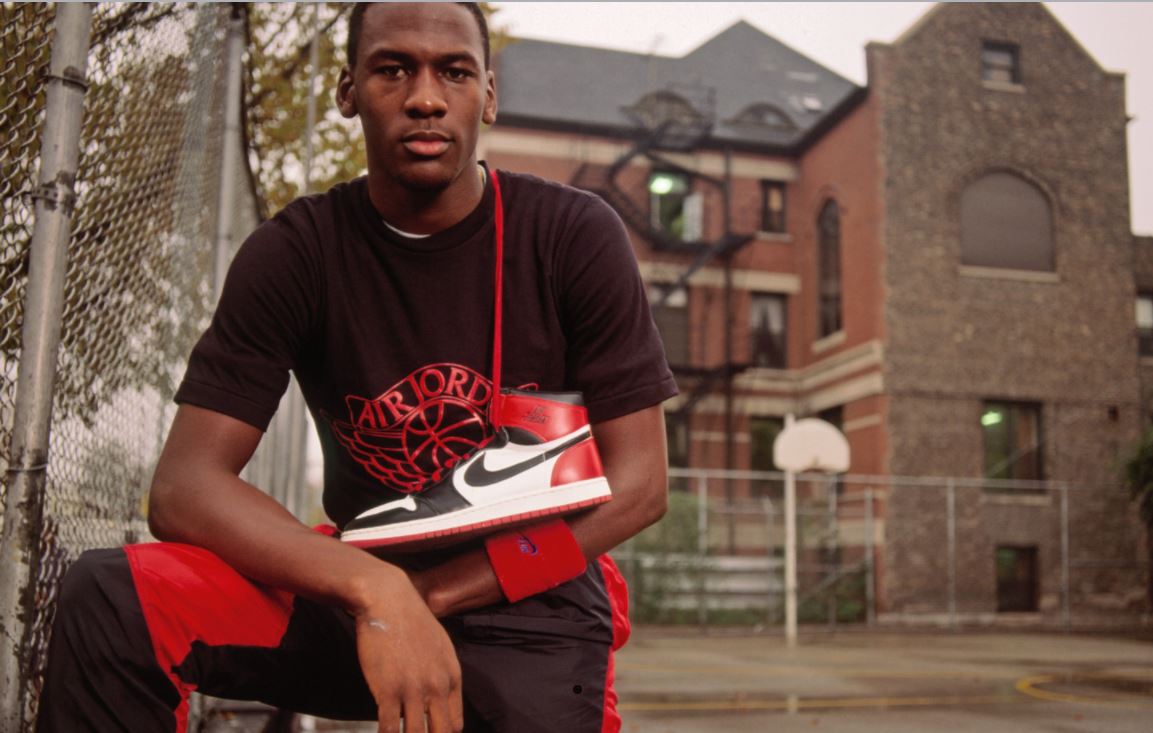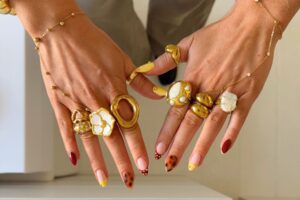Among the many popular sneakers available today, it is difficult to find a pair with a legacy quite like the Air Jordans. Aside from being the namesake of one of the most well-known and talented athletes of our time, it was the pair of shoes that singularly changed the landscape of sports, fashion and marketing.
Having enormously shaped pop culture, we have the Air Jordans to thank for the rise of shoe collecting frenzies and the spread of sneaker culture globally. Whether it’s Nike’s technological precision which gives wearers an edge on the basketball court, or the vast number of distinctive designs that can elevate any look, the shoes’ popularity points to its remarkable longevity and draw that transcends generations.
Beginning from its launch in the 80s, to its evolution and endless new iterations that continually emerge, we look back at how the Air Jordan became the icon it is now.
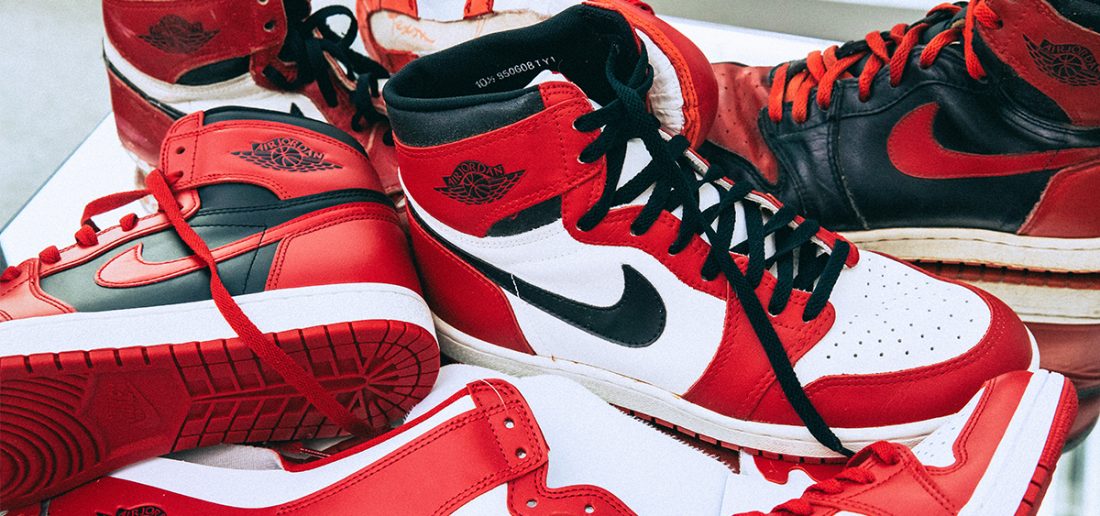
The first Air Jordans
The birth of the Air Jordan, at least in the public imagination, took place at a Madison Square Garden preseason NBA game in 1984. After signing a deal with Nike, a brand mostly known for designing running shoes, 21 year old rookie player Michael Jordan stepped onto the court wearing a pair of iconic black, red and white of sneakers dubbed the Air Jordan 1s. As Nike had just developed its air sole technology to enhance its running shoes, and Jordan was gaining a reputation for his dramatic airborne basket dunks, the athlete’s agent David Falk suggested the name Air Jordan.
When the first ever pair of Air Jordans were released to the public on April 1st, 1985, it was unlikely they knew it would take on a life of its own, spawning countless follow-ups and becoming a cultural icon in its own right. Falk recalls that while Nike had in the beginning forecasted an optimistic sale of $3 million worth of Air Jordans by the end of year four, it ended up selling $126 million’s worth in year one alone.
The ban
That first Air Jordan debut on the basketball court in 1984 didn’t just make waves for its radical colour and design. NBA policy at the time strictly enforced a ‘51 percent rule’ which mandated that shoes had to be 51 percent white and matching the rest of the team’s attire, which the revolutionary sneakers did not adhere to.
Nike, however, saw the potential in the controversy, going on to build an entire marketing campaign around it. The story goes that rather than leaving the Air Jordans off the court, Nike and Jordan paid the $5,000 for each game so he could continue wearing them. Leaning into the shoes’ ‘banned’ label, the incident only served to enhance Jordan’s image as a maverick who wasn’t afraid to break the rules while bolstering demand for the Air Jordans.
The Jumpman
Selling $70 million worth of shoes after a month of its release, it was safe to say the Air Jordan I was a hit. Subsequent years saw the release of the Air Jordan II which notably featured a lack of Nike’s signature swoosh logo. This was followed by the Air Jordan III which introduced the now-iconic Jumpman logo portraying a silhouette of Michael Jordan himself leaping through the air, presumably just before another triumphant slam dunk.
This transition cemented the sneakers’ place as not simply a celebrity endorsed line but bona-fide pop culture phenomenon. Later in 1995, the Air Jordans XIs that Jordan wore on the court took the world by storm with its revolutionary silhouette, translucent sole, and black patent leather wrap. A year later, the XIs made their way into Jordan’s movie Space Jam, capturing the imagination of 90s kids everywhere.
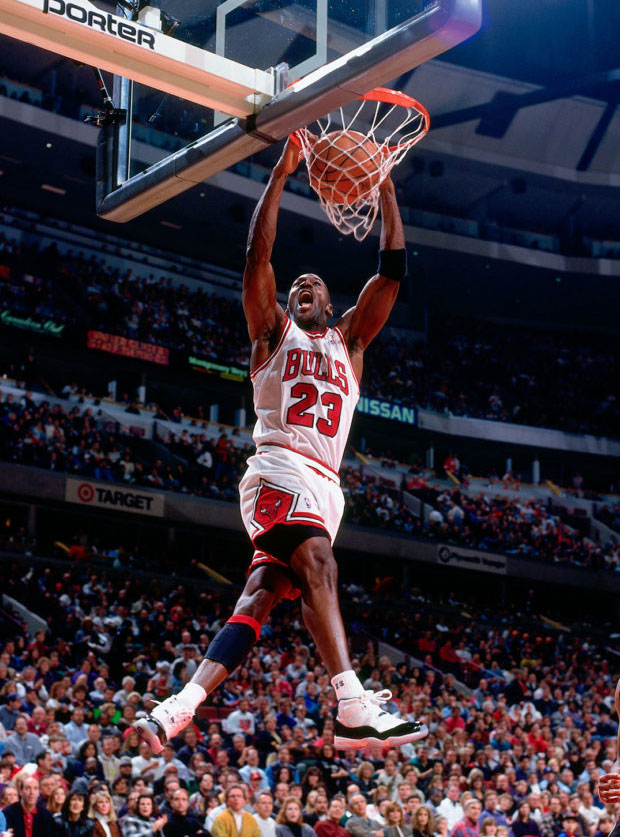
The legacy
By the 90s, the Air Jordans’ staggering popularity as a street style staple as well as a status symbol could in no way be denied. Catapulting in prestige and fame alongside Jordan’s preeminence as one of the greatest athletes of all time, the Air Jordans brought about the start of an entire industry based on celebrity-athlete endorsed footwear and spurred on the worldwide sneakerhead subculture that exists today. Paying tribute to the pair that started it all, Jordan wore his Air Jordan 1s for his last game at Madison Square Garden as a Chicago Bull, as shown in his biographical documentary The Last Dance.
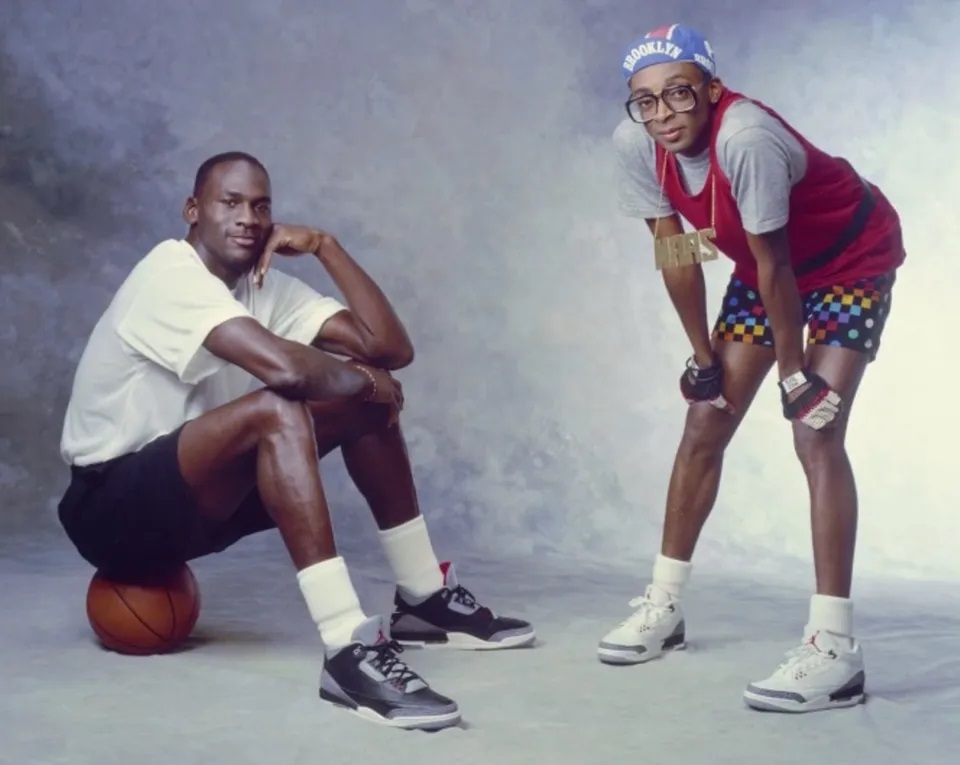
The Air Jordans of today
Decades after Jordan’s retirement from professional basketball, his eponymous brand of sneakers has continued to find its place within the heavily saturated sport shoe world by tapping into its powerful nostalgic character. Numerous styles, often from Jordan’s NBA days, have been revived and made available once again as a ‘retro-d’ edition.
The Air Jordan has also jumped on the high fashion collaboration trend, notably teaming up with Dior’s Kim Jones in 2020. Reinterpreting the Jordan 1, the Air Dior featured a premium white leather upper with gray overlays, and included the Dior logo together with the Nike Swoosh, creating a version that sold out in minutes.

To learn more about the story of Nike Air Jordans, visit air.jordan.com or shop for your own Jordans at Nike.


